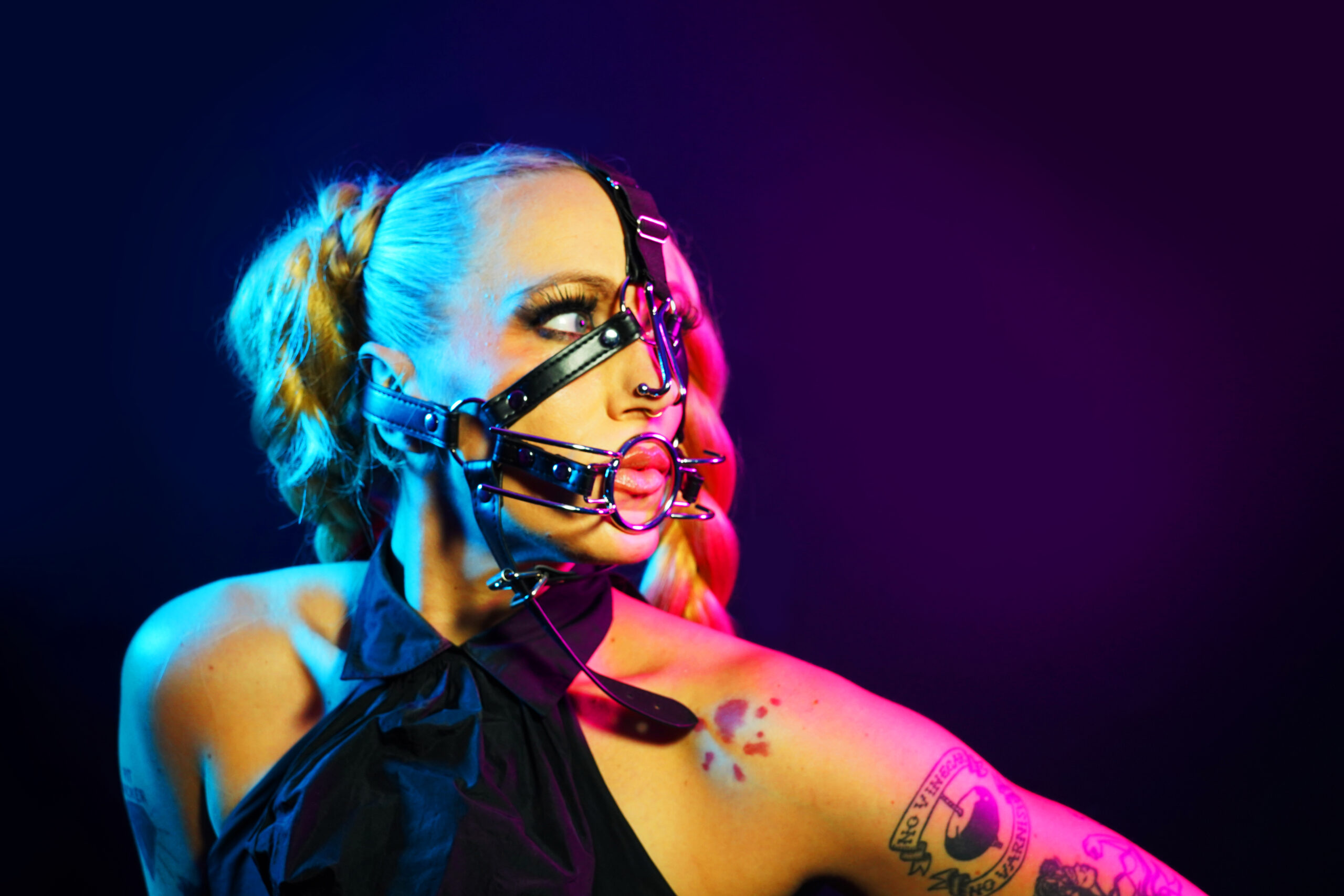Understanding Pansexuality
Pansexuality is a sexual orientation characterized by romantic, sexual, or emotional attraction to people regardless of their gender identity or expression. It’s a fluid and diverse experience that challenges traditional notions of sexuality, emphasizing connection and intimacy over rigid categories.
Definition
Pansexual individuals may be attracted to men, women, transgender people, non-binary people, and anyone else, irrespective of their gender identity or how they express their gender. This attraction can encompass romantic love, sexual desire, or emotional intimacy. It’s important to understand that pansexuality is distinct from bisexuality, although there can be overlap. Bisexuality typically refers to attraction to two genders, while pansexuality embraces the full spectrum of genders.
For pansexual individuals, gender is not a determining factor in who they are attracted to. Their focus lies on the individual person and the connection they share, rather than societal norms or expectations regarding gender and sexuality. Pansexuality celebrates diversity and emphasizes the fluidity of human identity and attraction.
Historical Context
The history of pansexuality is intertwined with broader shifts in social attitudes towards gender and sexuality. While the term “pansexual” emerged more prominently in the mid-20th century, ideas about attraction beyond traditional binaries have existed for centuries.
Throughout history, various cultures have acknowledged and celebrated non-heteronormative relationships. In some societies, individuals were free to express themselves across gender boundaries and engage in relationships without strict societal constraints. However, these expressions were often marginalized or suppressed within dominant cultural norms.
The emergence of the LGBTQ+ rights movement in the 20th century provided a platform for open discussion and visibility for diverse sexual orientations, including pansexuality. As awareness grew, individuals began to identify more explicitly as pansexual, reclaiming the term and challenging traditional binary classifications.
Today, pansexuality is increasingly recognized and embraced as a valid sexual orientation. Its visibility contributes to broader societal understanding of gender fluidity and the spectrum of human experiences.
Identity and Expression
Language shapes our understanding of the world, and it’s through language that we express our identities and navigate relationships. For members of the LGBTQ+ community, finding the right words to articulate their experiences is crucial for self-acceptance and fostering inclusivity. Pansexuality, a sexual orientation characterized by attraction to people regardless of gender identity or expression, challenges traditional notions of sexuality and highlights the importance of individual connection over rigid categories.
Internalized vs. Externalized Experience

The experience of pansexuality is multifaceted, encompassing both internalized and externalized aspects. Internally, pansexual individuals may grapple with societal pressures and expectations that attempt to confine them to binary understandings of gender and sexuality. They might navigate feelings of questioning, self-discovery, and the process of coming to terms with their attractions.
Externally, pansexual individuals express their identity through various means, such as coming out to friends and family, engaging in relationships with people of different genders, and participating in LGBTQ+ communities. Their outward expressions challenge societal norms and contribute to a broader understanding of diversity and fluidity in human experience.

Language plays a crucial role in shaping both internal and external experiences. Finding the right words to describe oneself and one’s attractions can be empowering, fostering self-acceptance and connection with others who share similar experiences. The visibility of pansexual individuals and their stories helps break down stereotypes and promotes inclusivity.
Representation in Media and Culture
Pansexuality is a sexual orientation characterized by romantic, sexual, or emotional attraction to people regardless of their gender identity or expression. It’s a fluid and diverse experience that challenges traditional notions of sexuality, emphasizing connection and intimacy over rigid categories.
For pansexual individuals, gender is not a determining factor in who they are attracted to. Their focus lies on the individual person and the connection they share, rather than societal norms or expectations regarding gender and sexuality. Pansexuality celebrates diversity and emphasizes the fluidity of human identity and attraction.
The history of pansexuality is intertwined with broader shifts in social attitudes towards gender and sexuality. While the term “pansexual” emerged more prominently in the mid-20th century, ideas about attraction beyond traditional binaries have existed for centuries.
Throughout history, various cultures have acknowledged and celebrated non-heteronormative relationships. In some societies, individuals were free to express themselves across gender boundaries and engage in relationships without strict societal constraints. However, these expressions were often marginalized or suppressed within dominant cultural norms.

The emergence of the LGBTQ+ rights movement in the 20th century provided a platform for open discussion and visibility for diverse sexual orientations, including pansexuality. As awareness grew, individuals began to identify more explicitly as pansexual, reclaiming the term and challenging traditional binary classifications.
Today, pansexuality is increasingly recognized and embraced as a valid sexual orientation. Its visibility contributes to broader societal understanding of gender fluidity and the spectrum of human experiences.
The experience of pansexuality is multifaceted, encompassing both internalized and externalized aspects. Internally, pansexual individuals may grapple with societal pressures and expectations that attempt to confine them to binary understandings of gender and sexuality. They might navigate feelings of questioning, self-discovery, and the process of coming to terms with their attractions.
Externally, pansexual individuals express their identity through various means, such as coming out to friends and family, engaging in relationships with people of different genders, and participating in LGBTQ+ communities. Their outward expressions challenge societal norms and contribute to a broader understanding of diversity and fluidity in human experience.
Love and Relationships
Love and relationships are fundamental aspects of the human experience, encompassing a spectrum of emotions, connections, and experiences.
Attraction to All Genders
For pansexual individuals, love and relationships can be expressed and experienced in diverse ways, just like any other orientation. They seek connection based on shared values, interests, and emotional intimacy, regardless of the gender identity or expression of their partner.
Pansexuality encourages a broader understanding of love, moving beyond traditional notions that limit attraction to specific genders. It celebrates the beauty of human connection in all its forms and promotes inclusivity within the spectrum of romantic relationships.
Navigating Relationship Dynamics
Love and relationships are fundamental aspects of the human experience, encompassing a spectrum of emotions, connections, and experiences. For pansexual individuals, love and relationships can be expressed and experienced in diverse ways, just like any other orientation. They seek connection based on shared values, interests, and emotional intimacy, regardless of the gender identity or expression of their partner.
Pansexuality encourages a broader understanding of love, moving beyond traditional notions that limit attraction to specific genders. It celebrates the beauty of human connection in all its forms and promotes inclusivity within the spectrum of romantic relationships.
Challenges Faced by Pansexual Individuals
While pansexuality itself is not inherently challenging, societal norms and sexy wagers prejudices can present obstacles for individuals navigating love and relationships as pansexual people.
- Misunderstandings and Lack of Awareness:
- Internalized Homophobia or Bi-phobia:
- Pressure to Conform:
- Discrimination and Prejudice
Intersectionality and Inclusivity
Intersectionality recognizes that individuals hold multiple, intersecting identities, such as race, gender, sexual orientation, and socioeconomic status. Inclusivity, therefore, requires understanding and addressing the unique experiences of people within these diverse intersections. It’s about creating spaces where everyone feels seen, heard, and valued for who they are, regardless of their background or identity.
Overlapping Identities
Intersectionality is a framework for understanding how aspects of a person’s identity, such as race, gender, sexuality, and class, intersect and interact to shape their experiences. It recognizes that individuals navigate the world through multiple lenses, and these various identities can combine to create unique challenges and opportunities.
Inclusivity, in this context, goes beyond mere tolerance; it strives to create environments where everyone feels a sense of belonging, respect, and value. It acknowledges the diversity of human experiences and works to dismantle systems of oppression that marginalize certain groups based on their intersecting identities.
When considering pansexuality within the framework of intersectionality, it becomes evident that pansexual individuals may face different challenges depending on other aspects of their identity. For example, a Black pansexual person might experience unique intersections of racism and homophobia that differ from the experiences of a white pansexual person.
Similarly, a trans pansexual person might face additional barriers related to gender identity and expression within both the LGBTQ+ community and broader society.
Therefore, true inclusivity requires us to move beyond simply acknowledging diversity; it demands active listening, empathy, and a commitment to creating spaces where all individuals feel safe, respected, and empowered to express their authentic selves.
Creating a Welcoming Environment
Intersectionality recognizes that individuals hold multiple, intersecting identities, such as race, gender, sexual orientation, and socioeconomic status. Inclusivity, therefore, requires understanding and addressing the unique experiences of people within these diverse intersections. It’s about creating spaces where everyone feels seen, heard, and valued for who they are, regardless of their background or identity.
When considering pansexuality within the framework of intersectionality, it becomes evident that pansexual individuals may face different challenges depending on other aspects of their identity. For example, a Black pansexual person might experience unique intersections of racism and homophobia that differ from the experiences of a white pansexual person.
Similarly, a trans pansexual person might face additional barriers related to gender identity and expression within both the LGBTQ+ community and broader society.
Therefore, true inclusivity requires us to move beyond simply acknowledging diversity; it demands active listening, empathy, and a commitment to creating spaces where all individuals feel safe, respected, and empowered to express their authentic selves.
Get all the content here
Learn more by reading this blog
- Traptox Aka Trapezius Botox Treatment Near Epsom, Surrey - December 5, 2025
- Tinkerbell Nose Tip Lift Treatment Near Thornton Heath, Surrey - December 3, 2025
- The Smoothest THC Infused Sodas Ever - November 30, 2025
